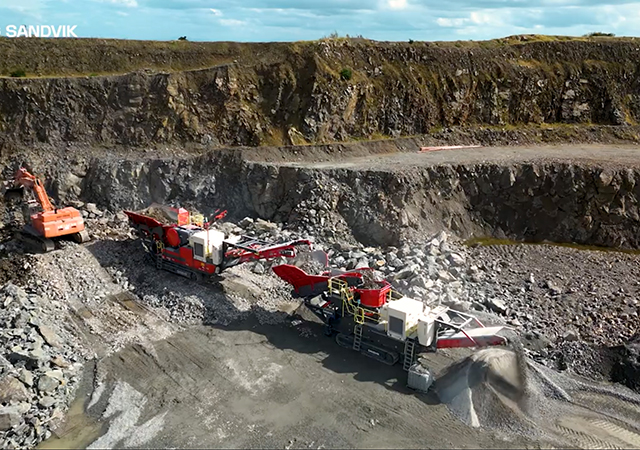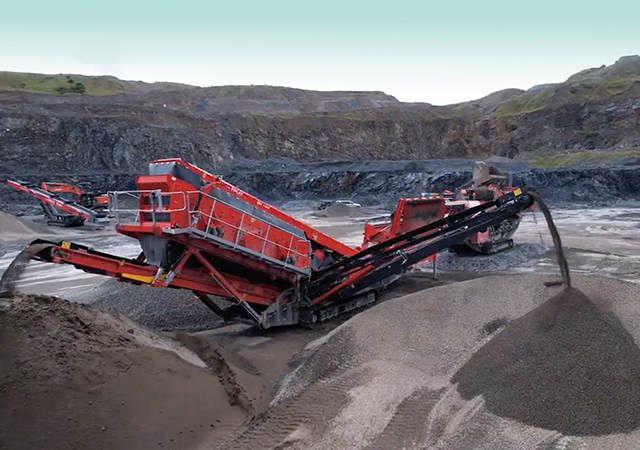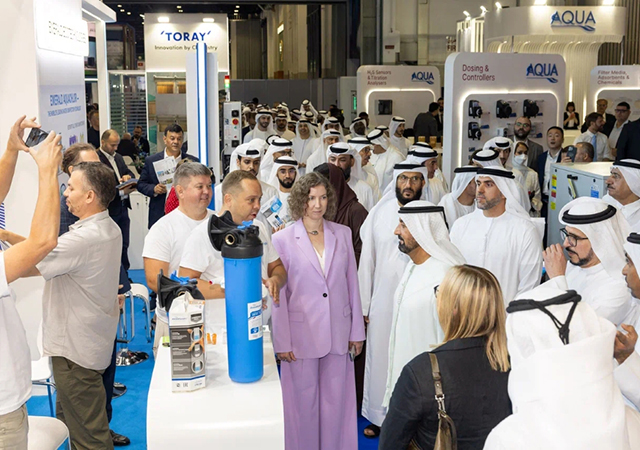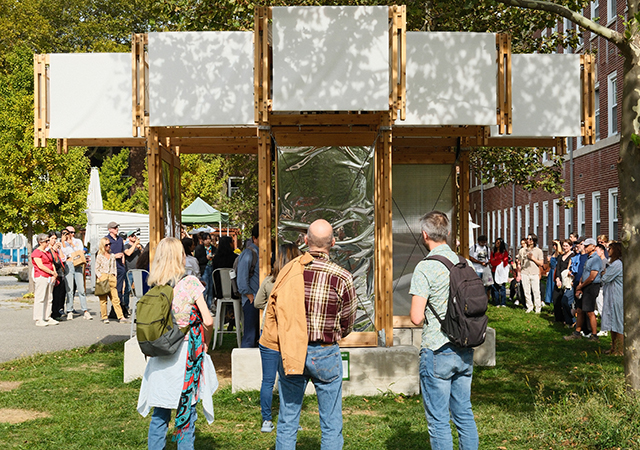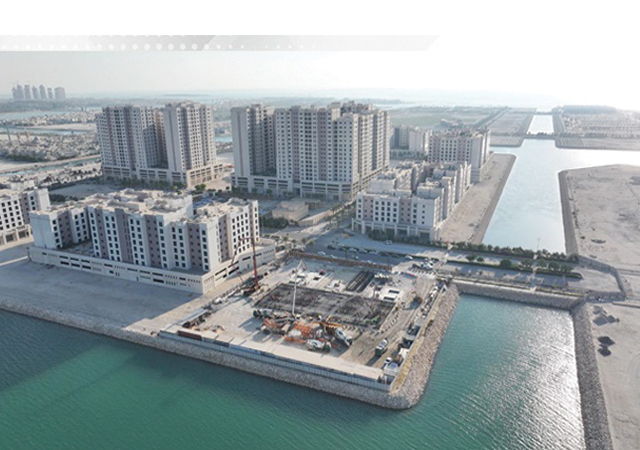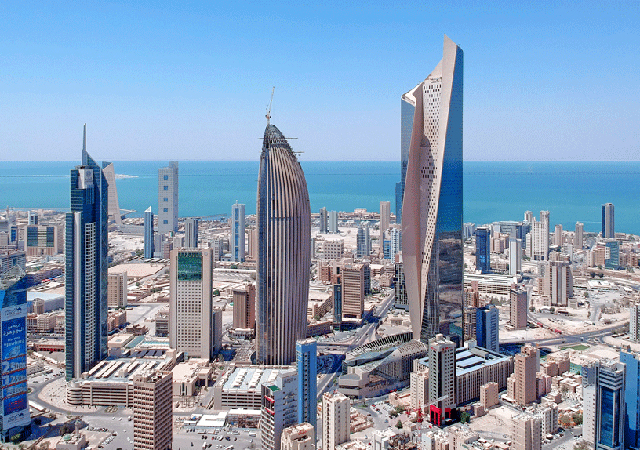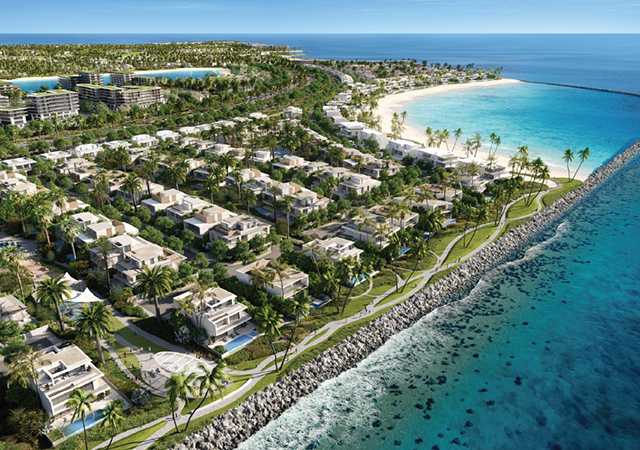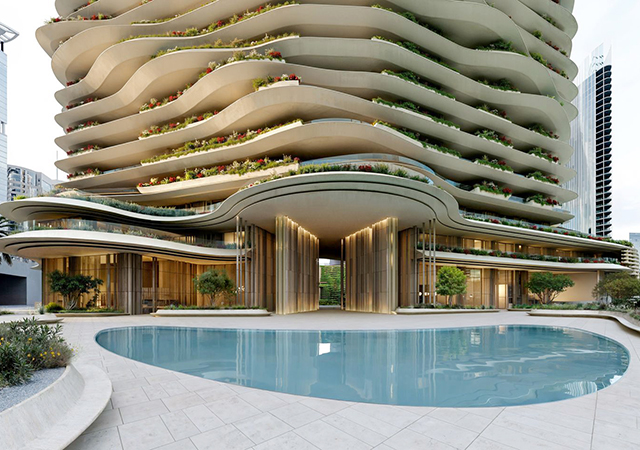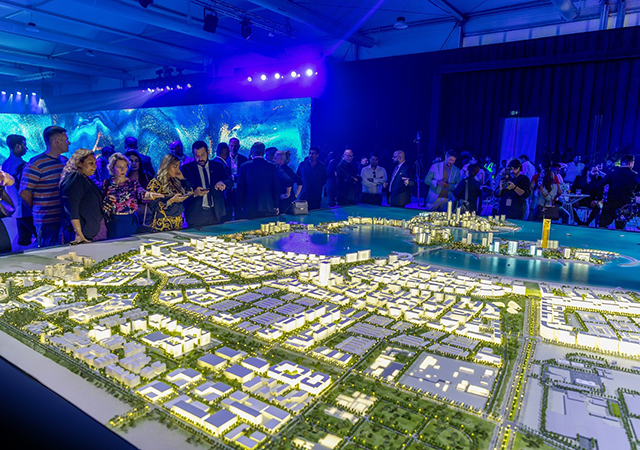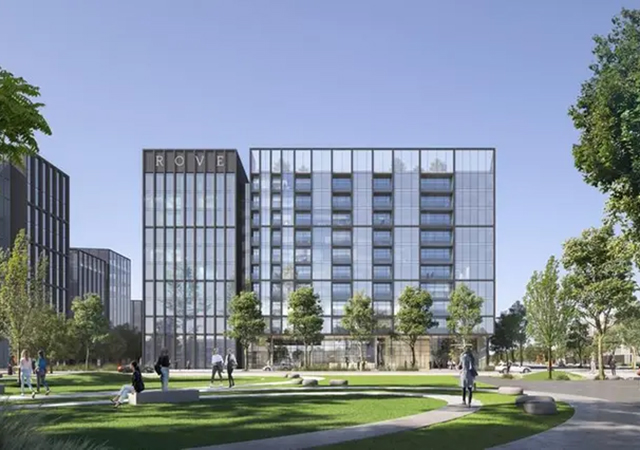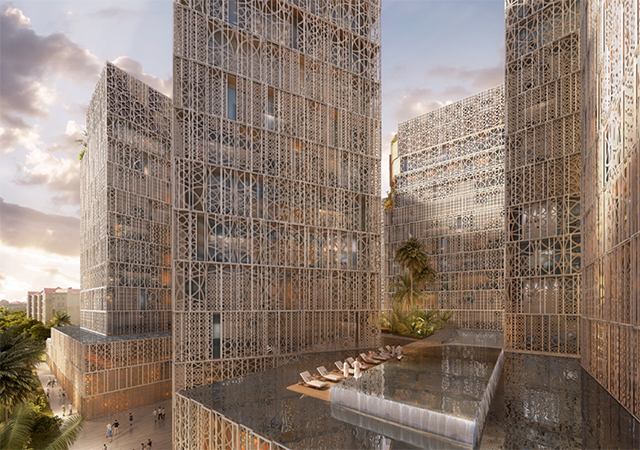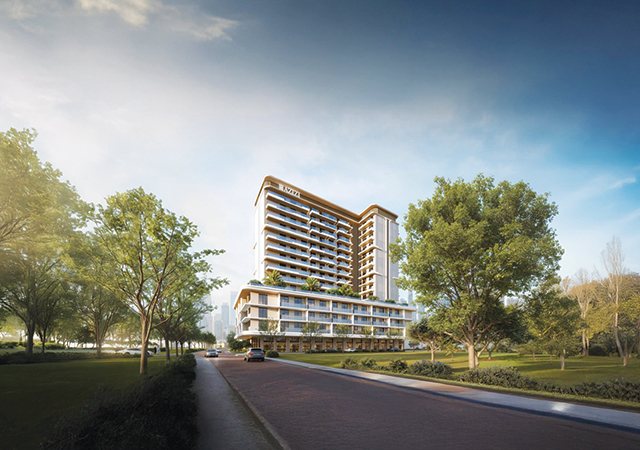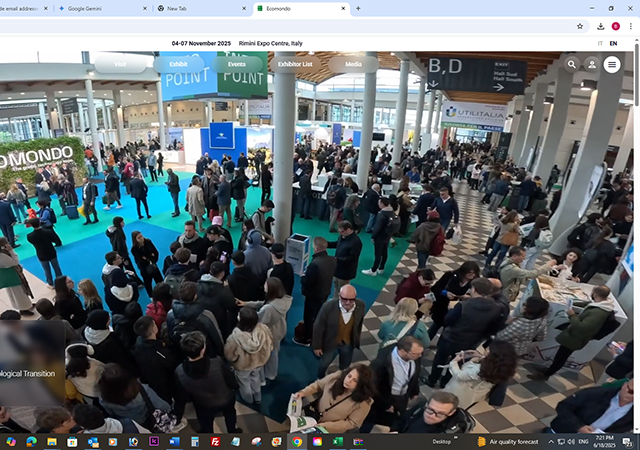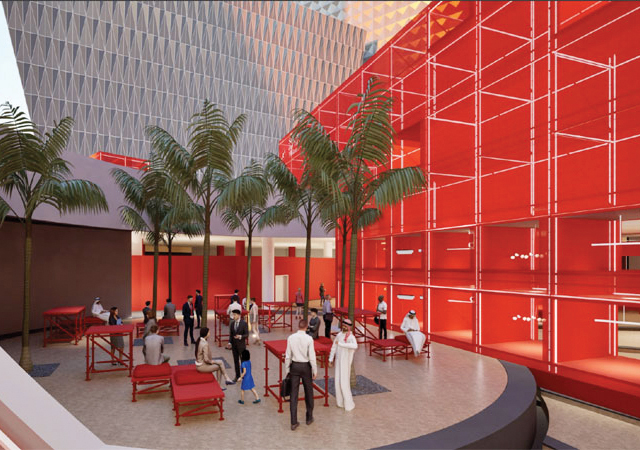 Standard drilling tools are used to gain access to the soil to inject termiticides.
Standard drilling tools are used to gain access to the soil to inject termiticides.
Timber is a ubiquitous material in interiors and has traditionally been widely used due to its natural beauty and physical characteristics, high strength to weight ratio, ease of working with tools and machines, insulating and sound-absorbing properties and resistance to chemicals.
However, in areas where termites are present, these products suffer a certain risk of attack as cellulose – which forms the major component of the cell wall of trees – is a natural food of termites.
The result has been the widespread destruction of structural and decorative timber in buildings by insect and fungal pests, causing serious economic losses and requiring expensive refurbishment.
The fact that termites feed on finished timber makes them pests of economic importance. The cost of termite damage to wooden structures is estimated to run into millions of dollars annually and is steadily increasing - all over the world, losses due to termite damage amount to more than that caused by all fires, storms, earthquakes and other natural calamities combined.
The rising costs of structural, decorative and even utility timbers, coupled with the realisation that mismanaged forest cannot provide a limitless supply, makes it imperative that such timbers are treated and protected against termite attack.
A newly-completed and fitted-out building is under constant threat from subterranean termites, which can migrate throughout the plot, either by colony extension through the ground, moving from house to house, shed to shed, fencepost to fencepost or by rapid colonisation of new sites by millions of dispersing alates.
Over a period of time, termites can wreak heavy destruction of cellulose materials such as furniture, cabinets, doors, window frames and carpets used in interior decoration.These buildings should, therefore, be termite-proofed when the construction is complete.
Even houses previously protected by a site treatment may be liable to attack if the orginal premises are modified, the garden areas are rearranged or the chemical barrier breached as a result of flooding or ground movement.
Termites can get into the building through loose mortar joint, cracks and even to the tiniest gap in concrete, in the foundation walls and footings. If treatment is delayed, termites will continue to damage the structure and repairs will be more extensive and more expensive in case it is related to interior design.
In most cases, treatment provides or creates an invisible barrier between the termites in the soil and the property. Treatment begins with a thorough inspection followed by a careful analysis of the situation of the building and property and then by application of materials to effectively repel and/or kill termites.
The interiors of slab-on-ground construction are the most difficult areas to treat because most of the termite entry points are hidden behind finished walls, flooring and ceilings. More than half of all termite retreatments are associated with slab construction.
Inner walls
The internal divisions within a building may be solid – usually constructed of block work or timber-framed walls finished with plasterboard and skim. There is a trend towards finishing solid blocks walls with dry-lining, where a layer of plasterboard is stuck to the wall with plaster dabs. This leaves a 5 mm gap between the plasterboard and the blockwork, which provides a potential harborage for insects that would be almost impossible to treat in pest management programmes.
Therefore, ideally, a solid wall with the traditional two-coat plaster works is preferable.
Where this is not feasible, a factory-made partitions system should be avoided as it provides a distribution network for pest to disperse throughout the structures. A framework of timber and vertical studs, which are properly sealed at the top and bottom with head and sole plates, offer an acceptable alternative. Again, this must be finished with plasterboard and skim – which should be continuous – sealing all gaps at the floor and ceiling level and eliminating the potential of pest harborage.
A number of interior finishing products and fittings can provide harborage sites for insects. These include:
Cracks in interior plaster – which can be severe cracking of interior plaster as a result of foundation movements or minor as a result of plaster shrinkage;
Chases for wiring, which must be sealed at the wall/floor and wall/ceiling junction to prevent harborage and entry points for insects.
Services such as plumbing, ventilating system and heating pipe works contained within ducts. Ideally, cold and hot water pipes should not be placed in the same duct as this will create a humid atmosphere, which is ideal for many insects.
Pipes passing through the internal walls, which should be tightly built-in or sleeved with an internal diameter of about 15 cm or more than the pipe they accommodate.
Lighting
Many pests-related problems can be avoided by the proper use of lights in interior design. Many insects, especially moths, are attracted towards light. Green fluorescent tubes are attractive to many leaf hoppers. Yellow lights are least attractive to insects.
Sodium vapour or other halogen lighting systems that have a pink, yellow or orange glow are less attractive than white, bluish vapour or fluorescent lights. Insect-attracting lights (BL or ultraviolet) should be avoided. Intense light such as spotlights attract insects – and their predators such as lizards.
Masa
Masa Establishment, a pioneer in the pest control sector in the kingdom, has an indepth knowledge of the way insects live as well as of preventive measures to control pests. The Riyadh-based companay has 25 years of experience and thousands of satisfied clients served by its 11 branches kingdomwide. It has successfully treated and saved thousands of dwellings, artworks, museums, antiques, wooden frames and other similar materials from wood-infesting insects.



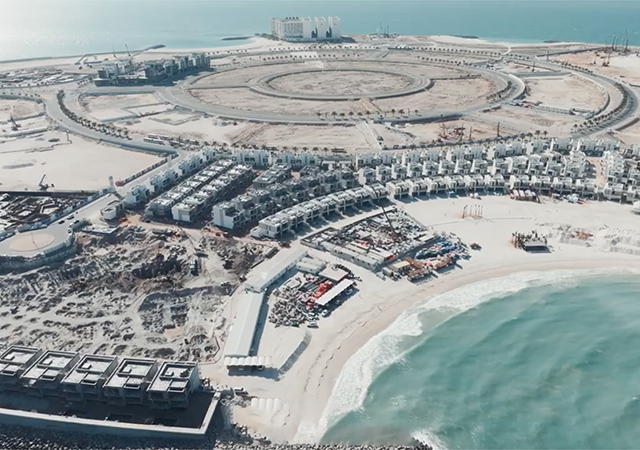


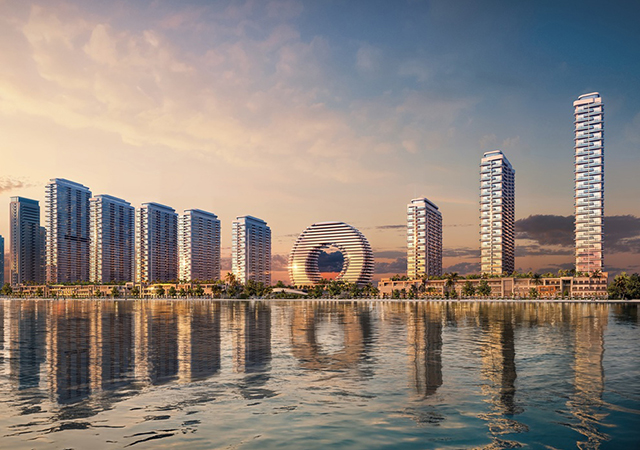
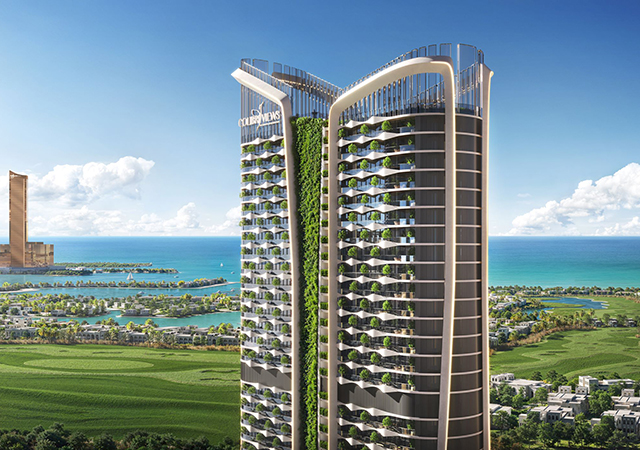
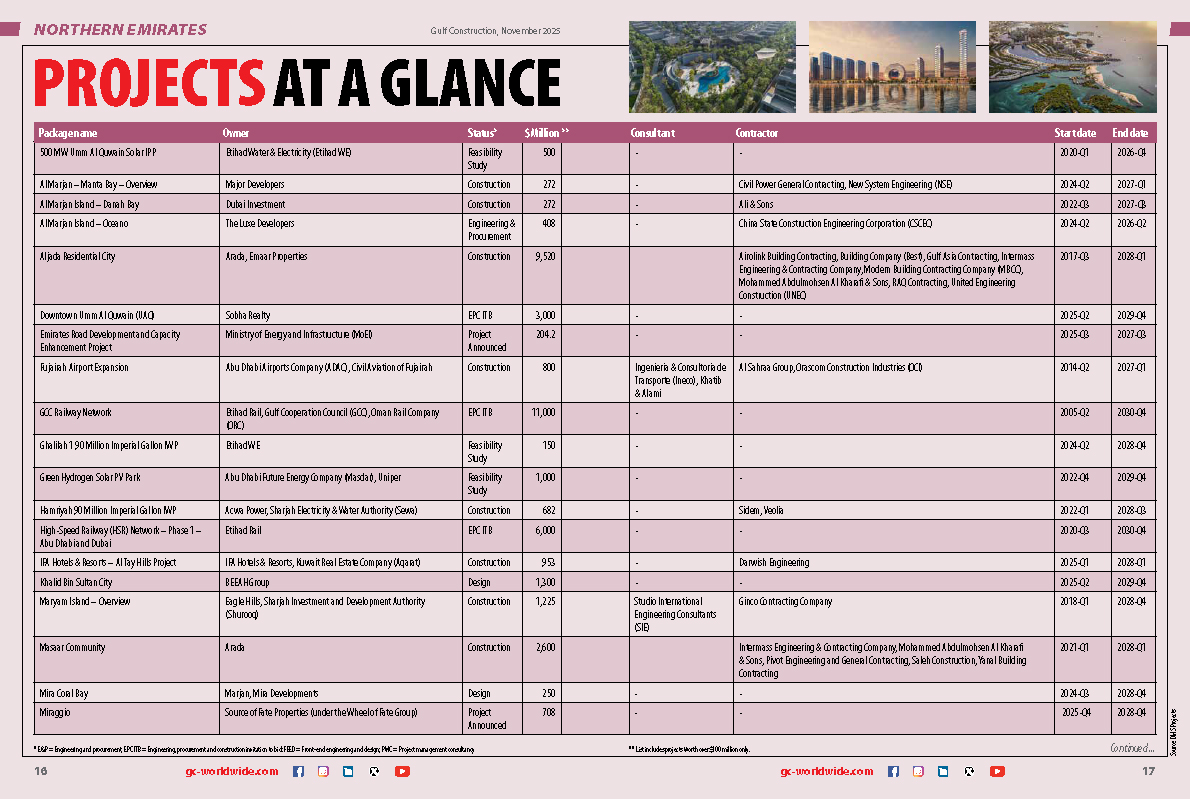




(5).jpg)



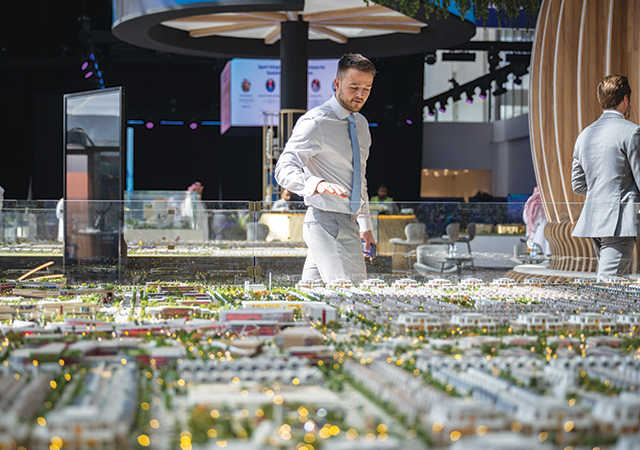


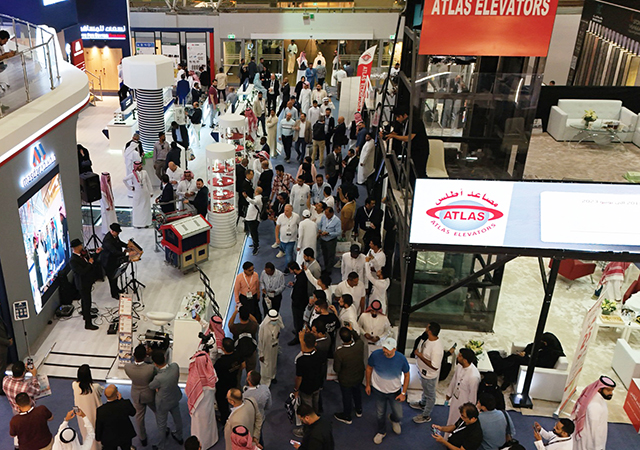

.jpg)



